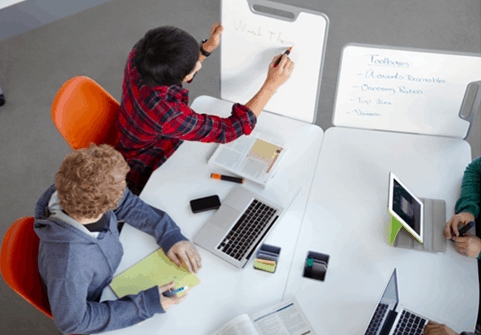A learning experience is any experience that leads to learning. It can be formal or informal, intentional or unintentional.
Formal learning experiences are those that are structured and intentional. They typically take place in a classroom or other learning environment. Examples of formal learning experiences include taking a Greatessaywriting.net/ class, attending a workshop, or reading a book.
Informal learning experiences are those that are not structured or intentional. They can happen anywhere and at any time. Examples of informal learning experiences include talking to a friend, watching a documentary, or trying a new recipe.
Learning experiences can be either positive or negative. Positive learning experiences are those that are enjoyable and lead to new knowledge or skills. Negative learning experiences are those that are unpleasant or lead to negative emotions.
The quality of a learning experience depends on a number of factors, including the learner’s motivation, the quality of the instruction, and the learner’s prior knowledge.
Here are some of the benefits of positive learning experiences:
- Increased knowledge and skills: Positive learning experiences can help learners acquire new knowledge and skills.
- Improved motivation: Positive learning experiences can help learners become more motivated to learn.
- Greater self-confidence: Positive learning experiences can help learners develop greater self-confidence.
- Improved problem-solving skills: Positive learning experiences can help learners develop better problem-solving skills.
- Enhanced creativity: Positive learning experiences can help learners become more creative.
Here are some of the challenges of negative learning experiences:
- Decreased motivation: Negative learning experiences can make learners less motivated to learn.
- Lower self-esteem: Negative learning experiences can make learners feel less confident in their abilities.
- Increased anxiety: Negative learning experiences can make learners feel more anxious about learning.
- Reduced creativity: Negative learning experiences can make learners less creative.
It is important to create positive learning experiences for learners. This can be done by providing engaging and relevant instruction, creating a supportive learning environment, and providing opportunities for learners to succeed.
Here are some tips for creating positive learning experiences:
- Make learning relevant to the learner’s interests and needs.
- Use activities and materials that are engaging and stimulating.
- Provide opportunities for learners to collaborate and share ideas.
- Give learners feedback and encouragement.
- Celebrate learners’ successes.
By creating positive learning experiences, we can help learners acquire new knowledge and skills, develop their potential, and become lifelong learners.

